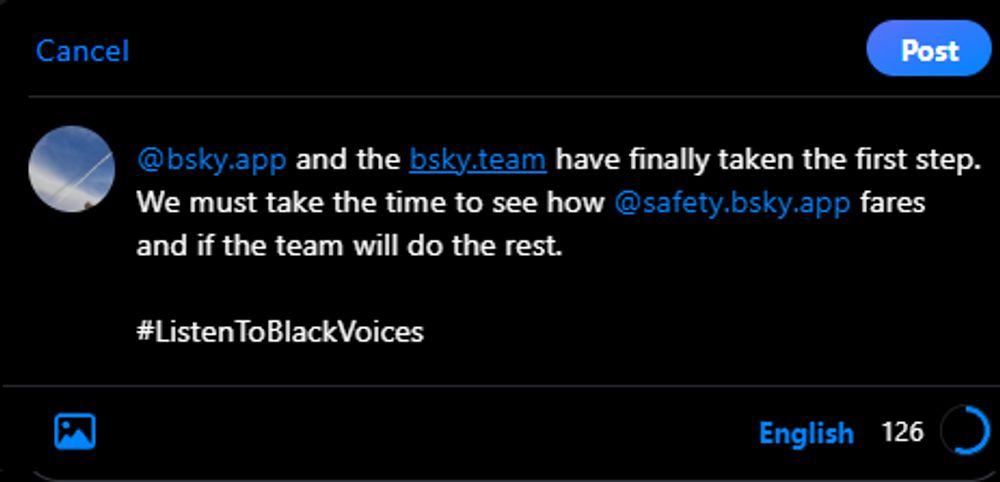However, buying masks in NL is nigh impossible. To the point that the vending automat at Shipol is full but not plugged in.
Even the apothecary looked at me like: you want a mask? Nah!
Ok I'm much better today.
However, buying masks in NL is nigh impossible. To the point that the vending automat at Shipol is full but not plugged in.
Even the apothecary looked at me like: you want a mask? Nah!
Ok I'm much better today.
"In 32 hrs of observation, we detected five photons" ... "after several follow-up studies, we now have 18 photons" - Tim Cunningham 🔭
"In 32 hrs of observation, we detected five photons" ... "after several follow-up studies, we now have 18 photons" - Tim Cunningham 🔭



www.duncanchristie.net/s/ExoV_Poste...

www.duncanchristie.net/s/ExoV_Poste...





